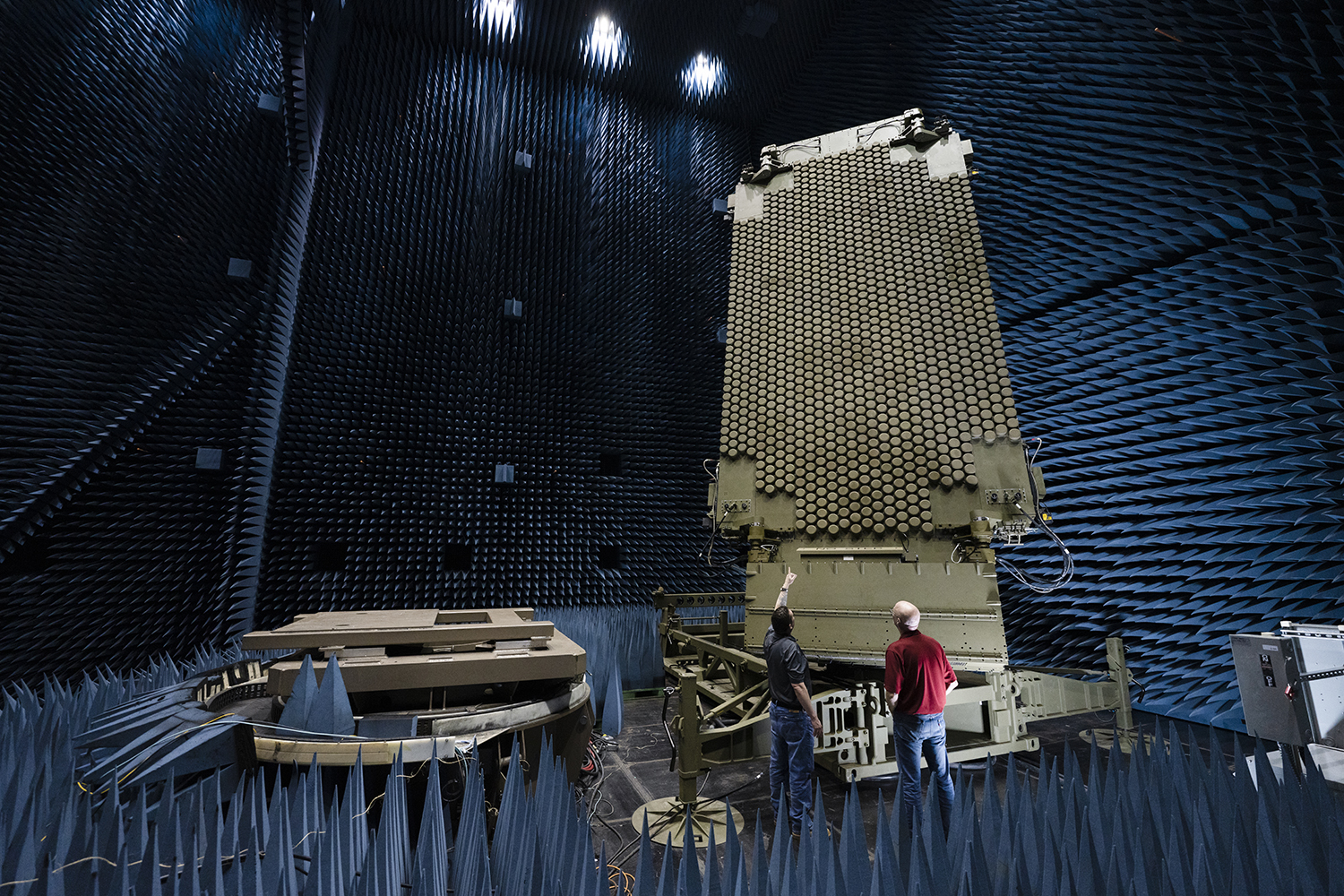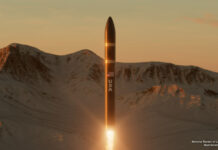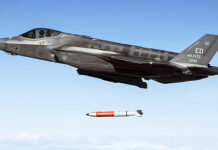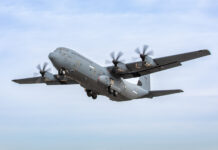Lockheed Martin is eyeing significant potential future sales for its radar portfolio as its new-generation systems come online to address markets where legacy systems – including significant inventories of radars previously supplied by the company – are starting to be replaced.
Speaking to ESD on 12 June 2023 in the run-up to this year’s Paris Air Show, Chandra Marshall, the company’s Vice President for Radar and Sensor Systems, pointed in particular to prospects for the TPY-4 multi-mission ground-based air defence surveillance radar and the Sentinel A4 air and missile defence radar.
The TPY-4, Marshall noted, “is the next generation of capability from a radar perspective. It can operate in very dense, contested environments from an electromagnetic perspective. And it really is the next generation to be able to detect and track the emerging threats: the newer threats that we see out there today. The nice part about the TPY-4 radar, too, is that it’s a software-defined radar, so as the threats evolve we can update the software to continue to pace [with them]. As I’m sure you’re aware, the threats are quite dynamic.”
Lockheed Martin invested over USD 100 M (EUR 91 M) to develop the first TPY-4: an investment that is now beginning to pay off. In March 2022 the US Air Force (USAF) selected the TPY-4 for its Three-Dimensional Expeditionary Long-Range Radar (3DELRR) programme to replace its legacy AN/TPS-75 systems. Lockheed Martin is currently under contract to produce three TPY-4s for the USAF, with options for another 33 systems stretching out to 2027.
Then, in November 2022, the Royal Norwegian Air Force also selected the TPY-4 as its next-generation air surveillance radar, ordering eight systems with an option for a further three.
The initial company-funded TPY-4 is currently under test, with Marshall noting that Lockheed Martin is looking to hold the preliminary design review for the system later this year.
Beyond the USAF and Norway, however, Marshall said there is “probably a list of about 25 countries that we have interests from that we’re working with” in relation to the TPY-4, largely comprising the company’s existing customer base for air surveillance radars.
Additionally, the US/Canadian North American Aerospace Defense Command (NORAD) is emerging as a new customer for the TPY-4 as it looks to replace the 13 Lockheed Martin-supplied AN/FPS-117 air surveillance radars that have equipped the North Warning System for more than 30 years.
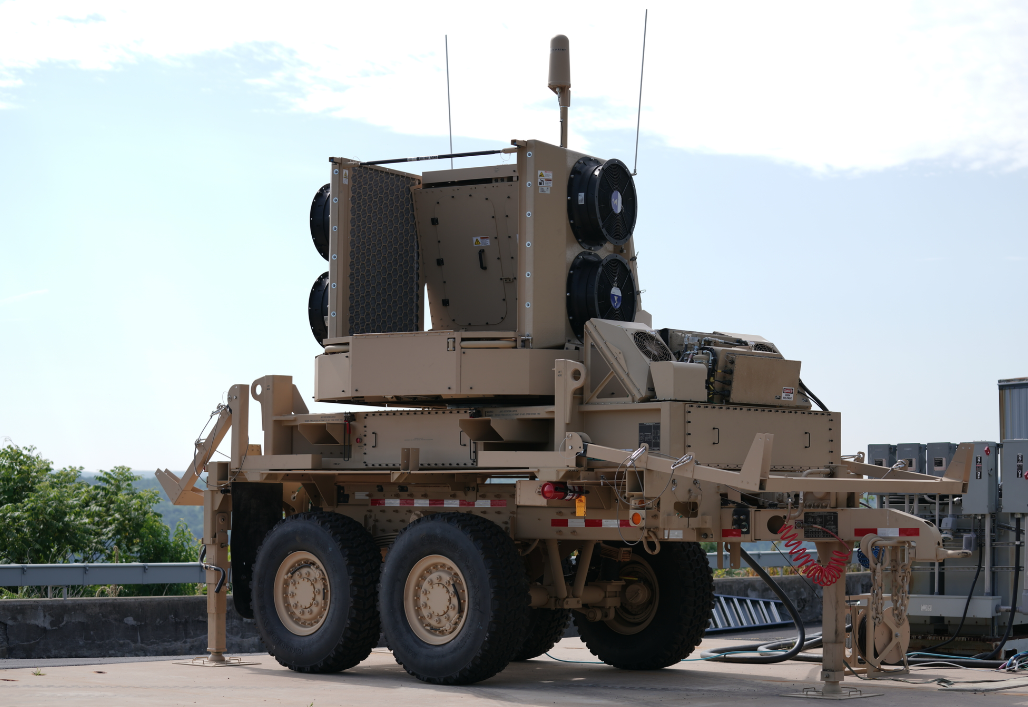
“We’ve been having a lot of discussions for the support of NORAD modernisation,” said Marshall, although she conceded that an invitation to tender might not emerge until next year. “I think they’re trying to figure out what service is within the DoD [US Department of Defense] is going to take over the acquisition because it’s a large system … and what is the make-up of those capabilities,” she explained, “so I would probably say next year we would start to see efforts ramp up associated with that.”
Meanwhile, the Sentinel A4 radar is fulfilling a US Army programme to replace the service’s current-generation Sentinel A3 systems. The Sentinel A4, said Marshall, “provides significant improvements from the A3 radar that’s out there today. It defends against cruise missiles, unmanned aerial systems, rotary-wing/ fixed-wing threats, as well as adds the capability to detect rocket artillery and mortar threats, both from a point of origin and a point of impact location perspective.”
The first five Sentinel A4s have already been delivered to the army, which is currently testing the systems at White Sands Missile Range in New Mexico. Lockheed Martin is under contract to provide another five systems by the end of the year, while the army has decided to expand a future order for eight systems to 19: a contract Lockheed Martin is expecting this year.
The Sentinel A4 programme, Marshall noted, leverages technology from Lockheed Martin’s AN/TPQ-53 Multi-Mission Radar (MMR), around 200 of which the company has supplied to the US Army and international partners. In turn, the Sentinel A4 design was leveraged and expanded to develop the TPY-4. This is significant, Marshall explained, “because it allows for sustainment efficiencies and really offers significant cost savings to our customers, rather than having one-off radars for every customer. It really is an economies of scale thing and I think a lot of customers have appreciated that over the last couple of years.”
Marshall added that, because the National Advanced Surface-to-Air Missile System (NASAMS) uses the Sentinel A3 radar, the Sentinel A4, which introduced active electronically scanned-array (AESA) technology, “is a great candidate to replace those legacy Sentinel A3s as part of an NASAMS programme”: a market Marshall described as “very significant”. At least 15 countries operate various iterations of the NASAMS air defence system.
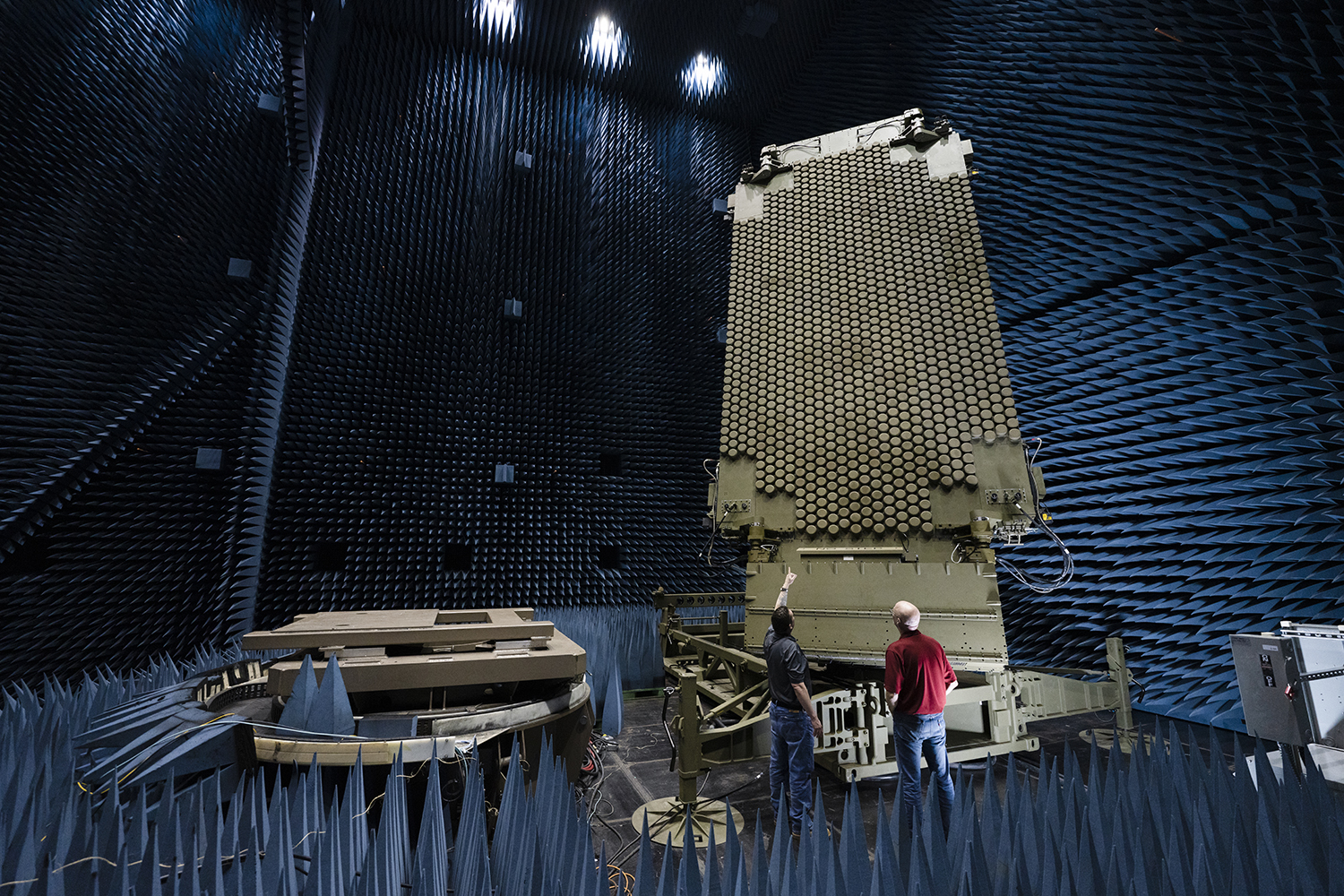
Additionally, Marshall noted that the Sentinel A4 radar “could play a big role in that NORAD modernisation” and could also fulfil two requirements in the UK: Project Serpens, which relates to a new weapon-locating radar; and the Land Ground Based Air Defence (Land GBAD) programme.
The AN/TPQ-53, of which the US Army has recently ordered more to add to the around 200 systems that Lockheed Martin has already provided, could also address the UK Project Serpens requirement, said Marshall.
Beyond these opportunities, Marshall also mentioned the Lockheed Martin’s S-band Long Range Discrimination Radar (LRDR), which was initially fielded at Clear Space Force Station in Alaska in December 2021 under a contract from the US Missile Defense Agency. This gallium nitride-based early warning radar, which provides the next generation of US ballistic missile defence and space domain awareness capabilities, is a system Lockheed Martin is “working with the UK to field”, said Marshall. The location of the system is classified, Marshall noted, but it is likely to replace the current AN/FPS-126 Solid State Phased Array Radar at RAF Fylingdales in North Yorkshire, which has been operational since October 1992.
Peter Felstead


